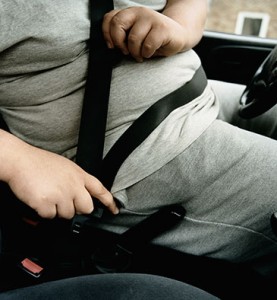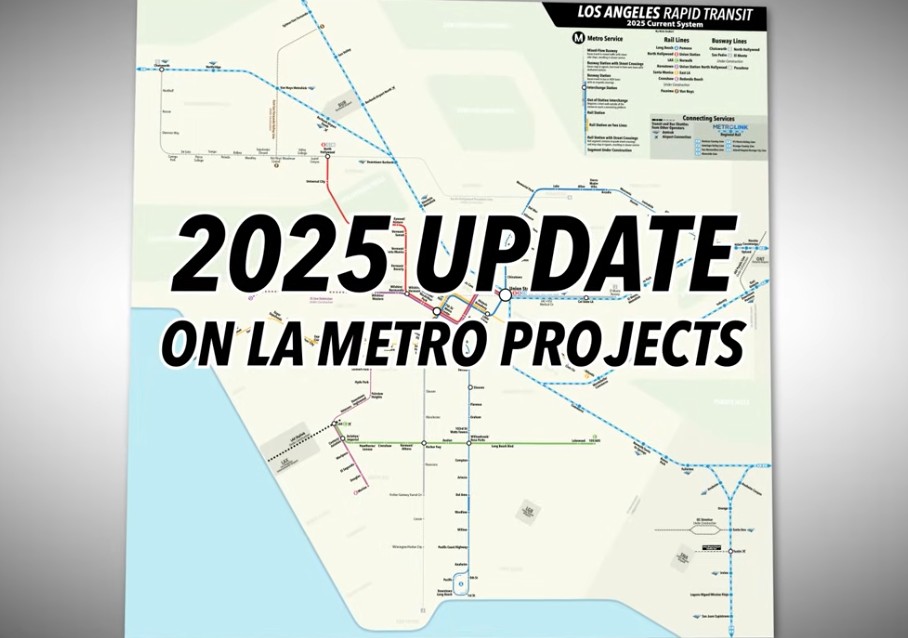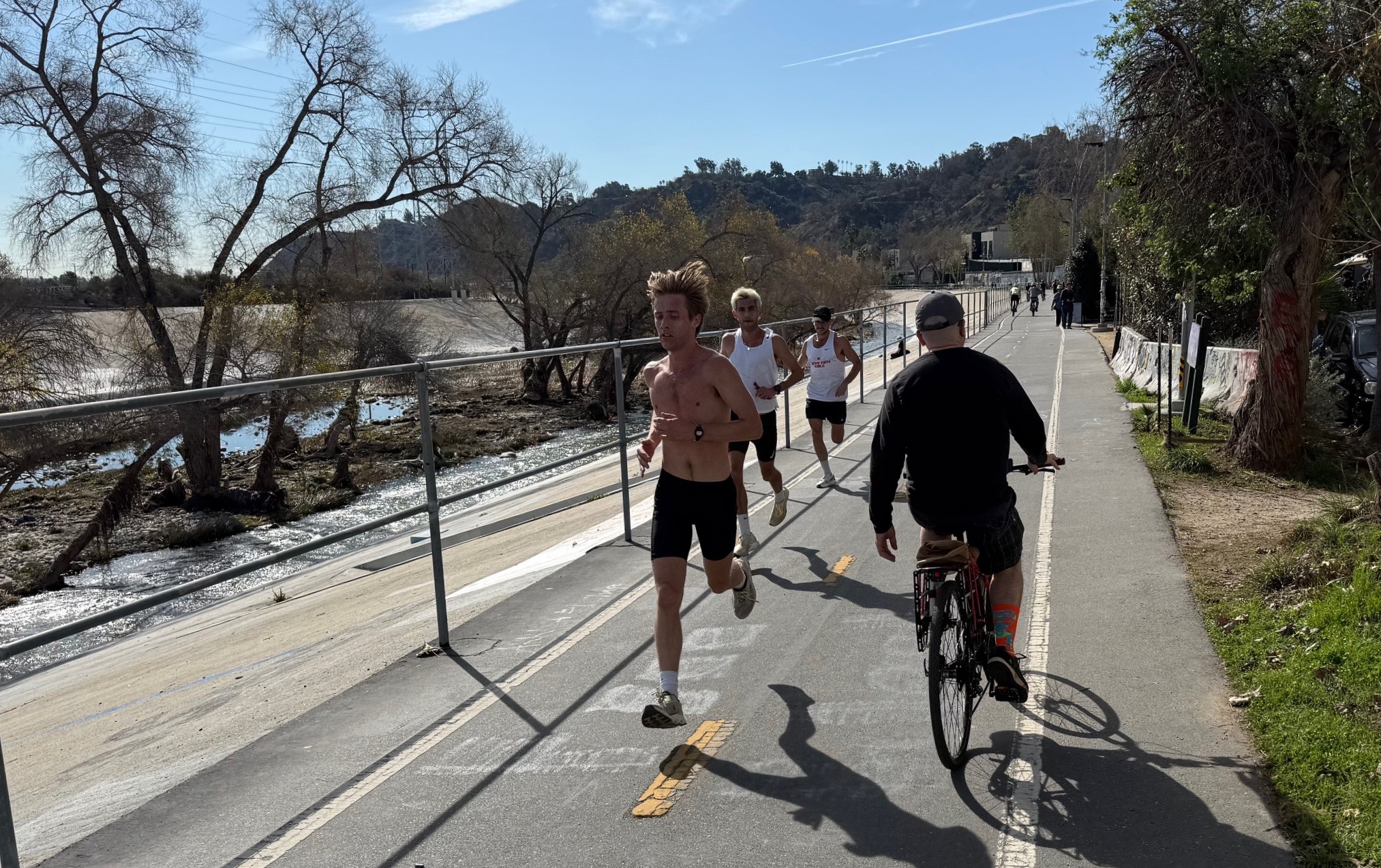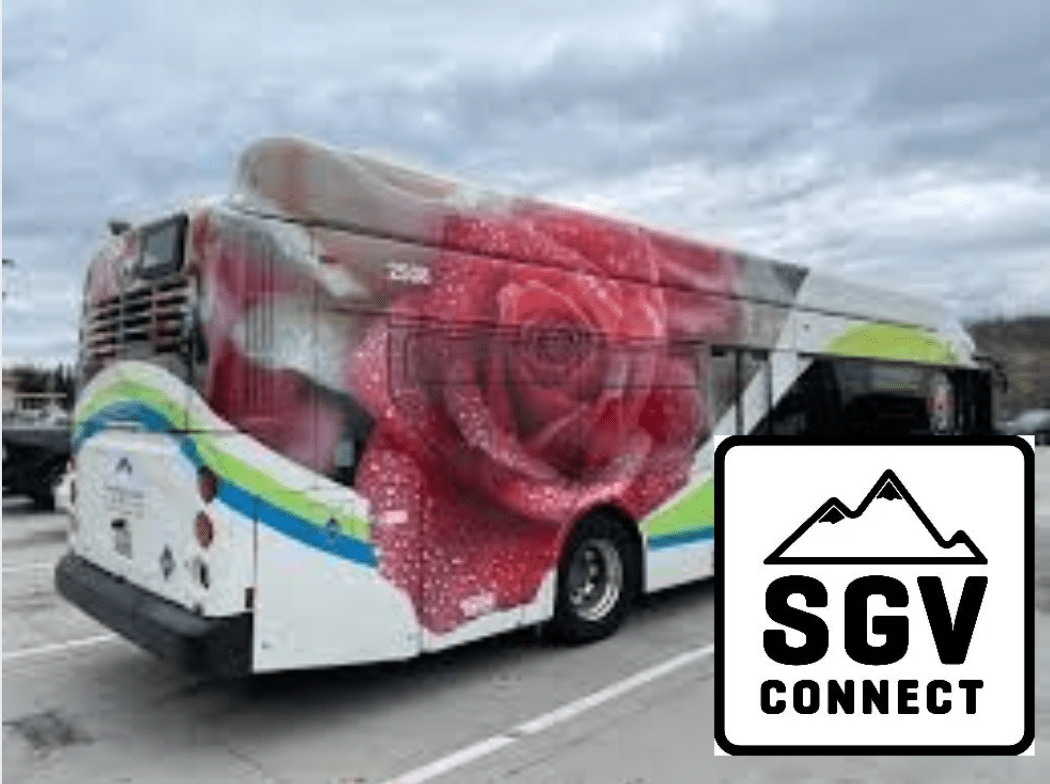Behind some of America’s most pressing health problems — obesity, diabetes, depression — there’s an often ignored culprit: a built environment that is hostile to active lifestyles.
As the U.S. medical industry pours billions into treating epidemic diseases, it is merely addressing the symptoms of “deep-rooted structural issues” while neglecting the underlying causes, says Dr. Richard Jackson, chair of the School of Health at UCLA and former head of the National Center for Environmental Health at the Centers for Disease Control. Dr. Jackson — one of the leading voices on the role of the built environment in America’s public health crises — confronted car dependence this weekend at the annual meeting of the American Society of Landscape Architects.

As reported by ASLA’s The Dirt blog, Dr. Jackson outlined the problem like so:
Obesity is a “common cause epidemic,” and a related health impact, diabetes, is now a “crushing health crisis,” driven in large part by the sedentary, car-based lives we are leading. Sprawl, in effect, kills.
Less density equals more driving. “We are engineering exercise out of people’s lives” by creating suburban cul-de-sacs and putting places of work and living far from each other.
Instead of addressing the public health impacts of the absence of trees, low-albedo streets (which contribute to the urban heat island effect), as well as a lack of planning, public transit, or safe streets, we are instead “looking at the end of the pipeline,” the medical effects. Our environment is sending us a message: “We are appendages to our cars.”
Dr. Jackson is a proponent of “designing for well being.” On a local level, that might entail developing organic food gardens at schools and hospitals. At the national level, he argues for investment in public transit, bicycle infrastructure and safe routes to school.
Also on the Network today: Sprawled Out takes a look at a study which found that light-rail riders in Charlotte, North Carolina were 6.5 pounds lighter than their car-dependent counterparts. Greater Greater Washington uses Arlington, Virginia as an example of the importance of political will and public education in smart growth efforts. M-Bike.org encourages Michigan residents to lobby in favor of median-running light rail for Detroit, as opposed to curb-running rail, which could be off-putting to cyclists.






